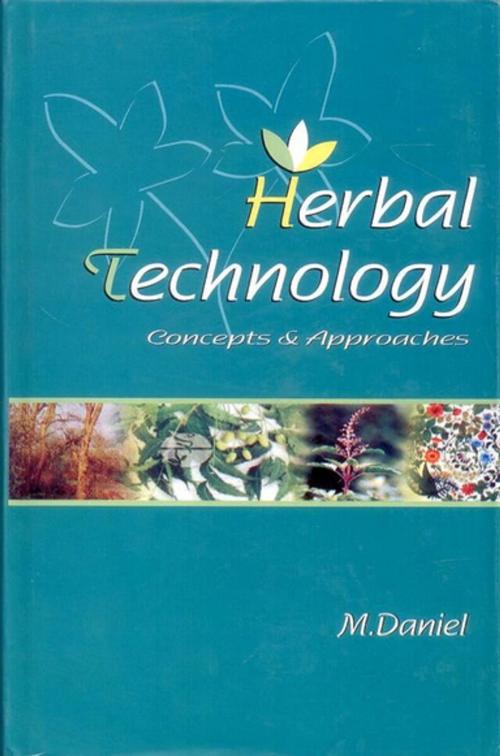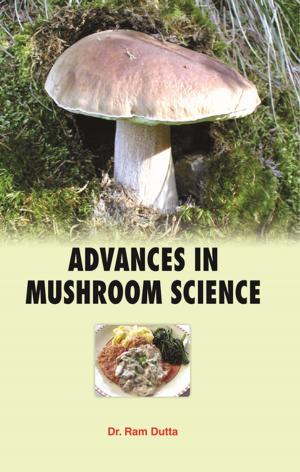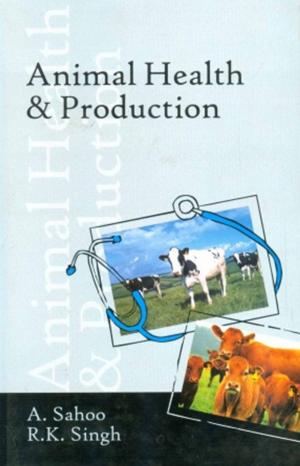Herbal Technology: Concepts and Scope
Nonfiction, Health & Well Being, Health, Alternative & Holistic Health, Herbal Medications| Author: | M. Daniel | ISBN: | 9789384988159 |
| Publisher: | Satish Serial Publishing House | Publication: | June 30, 2008 |
| Imprint: | Satish Serial Publishing House | Language: | English |
| Author: | M. Daniel |
| ISBN: | 9789384988159 |
| Publisher: | Satish Serial Publishing House |
| Publication: | June 30, 2008 |
| Imprint: | Satish Serial Publishing House |
| Language: | English |
This is the first compre-hensive book codifying the principles on the concepts, trends and various aspects of this exciting and recent branch of Botany. Herbal Technology encompasses all the myriads of ways of utilizing the multifarious potentialities of plants for human welfare. There are presently five main branches such as Medicinal plants, Natural dyes, Biopesticides, Biofertilizers and Biofuel in this discipline, though more and more may be added later. Since all the ways of utilizing plants and plant products are based on the chemical diversity of the plant, a comprehensive treatise on Phytochemistry is given in the beginning. In the chapter on Medicinal plants emphasis is on the correct botanical identity, name changes, biomarkers, active principles, cultivation, extraction, formulations, Aromatherapy, Herbal Cosmetics, Herbal Veterinary Medicine, Antioxidant therapy, Metabolomics and TKDL. Natural dyes deals with the botany, chemistry and uses of about 150 plants which yield them. Also dealt with are colors for food and pharmaceutical preparations, in cosmetics like face powder and lipsticks, in paints and for painting. Biopesticides contain more than 300 plants in terms of their pesticidal principles and utilities and the preparation of extracts of as many as 40 plants. The fifth chapter is on Biofertilisers wherein emphasis is on soil microbes including nitrogen fixing bacteria, cyanobacteria, phosphate solubilising microorganisms and vascular arbuscular mycorrhizae. Biofuel, the last chapter, delves on the various alternate sources of fuels such as petrocrops, biocrude, liquid resins, vegetable oils and plant oil methyl esters, biogas, alcohols and biological hydrogen.
This is the first compre-hensive book codifying the principles on the concepts, trends and various aspects of this exciting and recent branch of Botany. Herbal Technology encompasses all the myriads of ways of utilizing the multifarious potentialities of plants for human welfare. There are presently five main branches such as Medicinal plants, Natural dyes, Biopesticides, Biofertilizers and Biofuel in this discipline, though more and more may be added later. Since all the ways of utilizing plants and plant products are based on the chemical diversity of the plant, a comprehensive treatise on Phytochemistry is given in the beginning. In the chapter on Medicinal plants emphasis is on the correct botanical identity, name changes, biomarkers, active principles, cultivation, extraction, formulations, Aromatherapy, Herbal Cosmetics, Herbal Veterinary Medicine, Antioxidant therapy, Metabolomics and TKDL. Natural dyes deals with the botany, chemistry and uses of about 150 plants which yield them. Also dealt with are colors for food and pharmaceutical preparations, in cosmetics like face powder and lipsticks, in paints and for painting. Biopesticides contain more than 300 plants in terms of their pesticidal principles and utilities and the preparation of extracts of as many as 40 plants. The fifth chapter is on Biofertilisers wherein emphasis is on soil microbes including nitrogen fixing bacteria, cyanobacteria, phosphate solubilising microorganisms and vascular arbuscular mycorrhizae. Biofuel, the last chapter, delves on the various alternate sources of fuels such as petrocrops, biocrude, liquid resins, vegetable oils and plant oil methyl esters, biogas, alcohols and biological hydrogen.















